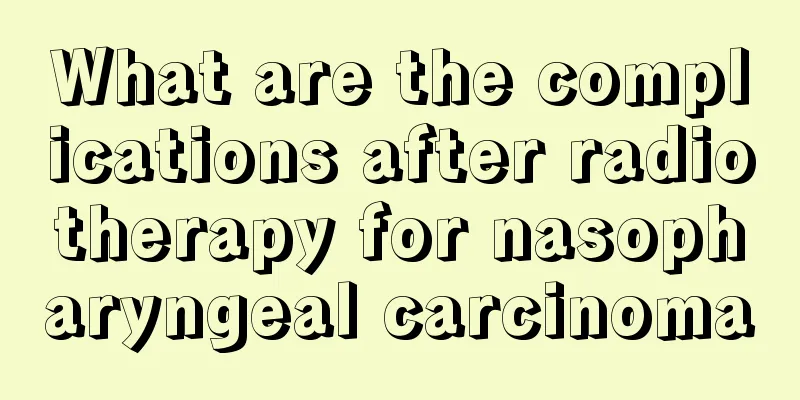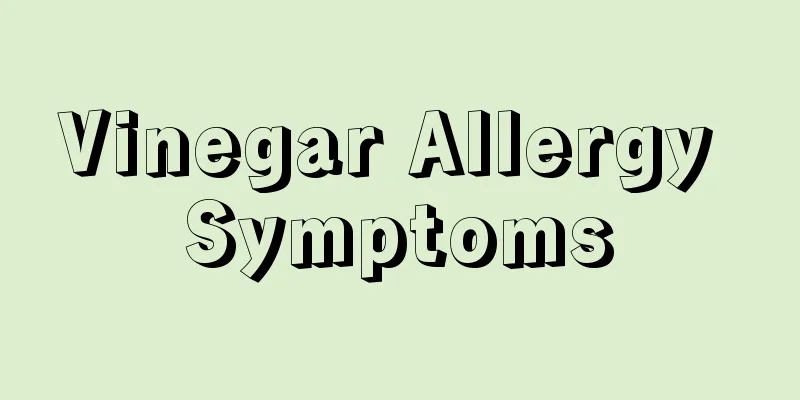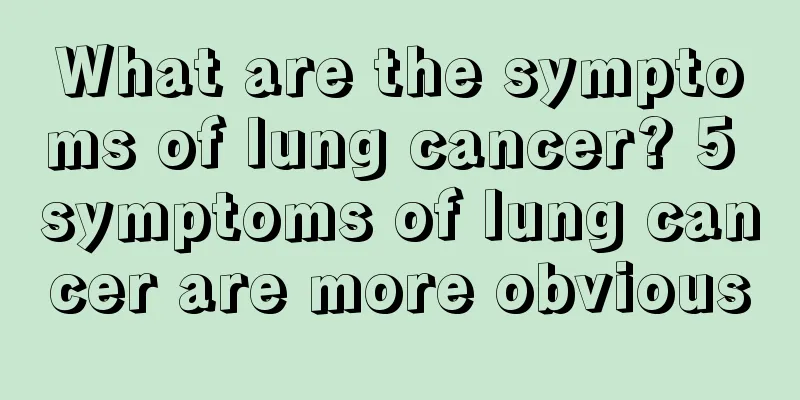What are the complications after radiotherapy for nasopharyngeal carcinoma

|
Nasopharyngeal carcinoma is mostly poorly differentiated adenocarcinoma and is sensitive to radiation. Therefore, the current treatment of nasopharyngeal carcinoma is mainly radiotherapy. However, the complications after radiotherapy of nasopharyngeal carcinoma cannot be ignored by patients and their families. If the complications after radiotherapy of nasopharyngeal carcinoma are not treated and resolved in time, it will definitely affect the patient's treatment effect, and in severe cases it will cause other complications that endanger the patient's life. 1. Common complications after radiotherapy for nasopharyngeal carcinoma 1. Systemic adverse reactions: Due to the intake of radiation, the human body will have systemic abnormal reactions, such as fatigue, dizziness, poor appetite, nausea, vomiting, insomnia or drowsiness. For most patients, the blood picture or liver and kidney function will not be significantly affected. For some sensitive people, it will also cause a decrease in white blood cells and platelets. For patients with poor liver function or positive hepatitis A antigen (HAA) or cirrhosis, it will cause liver damage and special attention should be paid. 2. Acute radiation reaction of parotid gland: Within the first 1-2 days after the start of radiation, the patient will complain of swelling and pain in the parotid area on the irradiated side. This is due to acute congestion of the parotid tissue caused by radiation. The swelling generally does not require treatment and will subside on its own after 3-4 irradiations. 3. Skin radiation reaction: The skin in the irradiation field of nasopharyngeal carcinoma will cause a series of skin reactions after being exposed to radiation. The initial symptoms are skin erythema and pigmentation, followed by hair loss, dry peeling, and in a few patients, blisters will form, which will fuse into large areas of moist dermatitis and superficial ulcers. The severity of the skin reaction is related to the quality and dose of the radiation. High-energy radiation can relatively reduce skin reactions, but individual differences are also very important factors. Different patients may have completely different skin reactions under the same conditions and the same dose. 4. Mucosal reaction: Mucosal reaction refers to the increased congestion, edema, and exudation of the oral, oropharyngeal, nasopharyngeal, nasal, and paranasal sinus mucosa after a certain period of irradiation. In severe cases, punctate or flaky white film may appear, with symptoms such as pain, difficulty eating, nasal congestion, and increased viscous secretions. Almost every patient has these mucosal reactions, but the severity varies. 5. Wet reaction in the external auditory canal or otitis media: When the external auditory canal is exposed to radiation doses of about 50 GY, the ear canal mucosa may react wetly or the middle ear may accumulate fluid or the ear canal membrane may be pierced to form pus. Early prevention should be adopted, such as the use of antibacterial ear drops, and early administration of needle drops when there is fluid accumulation in the ear canal to prevent excessive accumulation of fluid from causing tympanic membrane rupture. When there is repeated middle ear effusion, a plastic tube can be placed for drainage. 6. Radioactive facial and neck edema: This is due to poor lymphatic drainage of the face and neck tissues after irradiation, edema and occlusion of deep capillaries, and obstruction of microcirculation, which causes facial and submandibular edema. Generally, no special treatment is required for edema of the neck, which can disappear on its own 4-6 months after radiation. If the edema is severe and induces infection, and causes acute cellulitis, it should be actively treated, preferably with high-dose intravenous antibiotics. In severe cases, anti-edema drugs, hormone mouth and leg cleansers, and symptomatic treatment should be given at the same time. |
<<: Is laryngeal cancer contagious?
>>: What is the 5-year survival rate for stage 3 nasopharyngeal carcinoma?
Recommend
How to use a hair curling iron to make a bun?
The bun is a very popular hairstyle in modern time...
Which Chinese medicine is the best for nasopharyngeal carcinoma lymph node metastasis?
Which Chinese medicine is best for nasopharyngeal...
What are the diagnostic criteria for gastric cancer
What are the diagnostic criteria for gastric canc...
When is the best time to dehumidify?
Most people usually have moisture in their bodies...
What is the difference between thyroid cancer and nodules? What are the common causes of thyroid nodules?
Thyroid nodules are a very common disease. They a...
Are there any side effects of canthus opening? Matters to be considered before surgery to prevent future troubles
Canthoplasty is a common minor eye plastic surger...
What foods can help detoxify the liver?
For people who often stay up late at night, liver...
There is black stuff on the nails
The presence of black stuff on the nails is very ...
How to extinguish moxibustion sticks
In fact, many people know that moxibustion can be...
Does nasopharyngeal cancer have a foreign body sensation in the pharynx?
Does nasopharyngeal cancer have a foreign body se...
Will I get sick if I wash my hands frequently?
Everyone knows that we need to wash our hands bef...
Can I eat onions while taking Chinese medicine
Western medicine can quickly cure some diseases i...
How are pterygiums formed
Many friends who have pterygium in their eyes don...
What to do if you sprain your knee joint
People may get sprains or encounter accidents whi...
What is the best way to reduce scars?
The presence of scars actually has a great impact...









